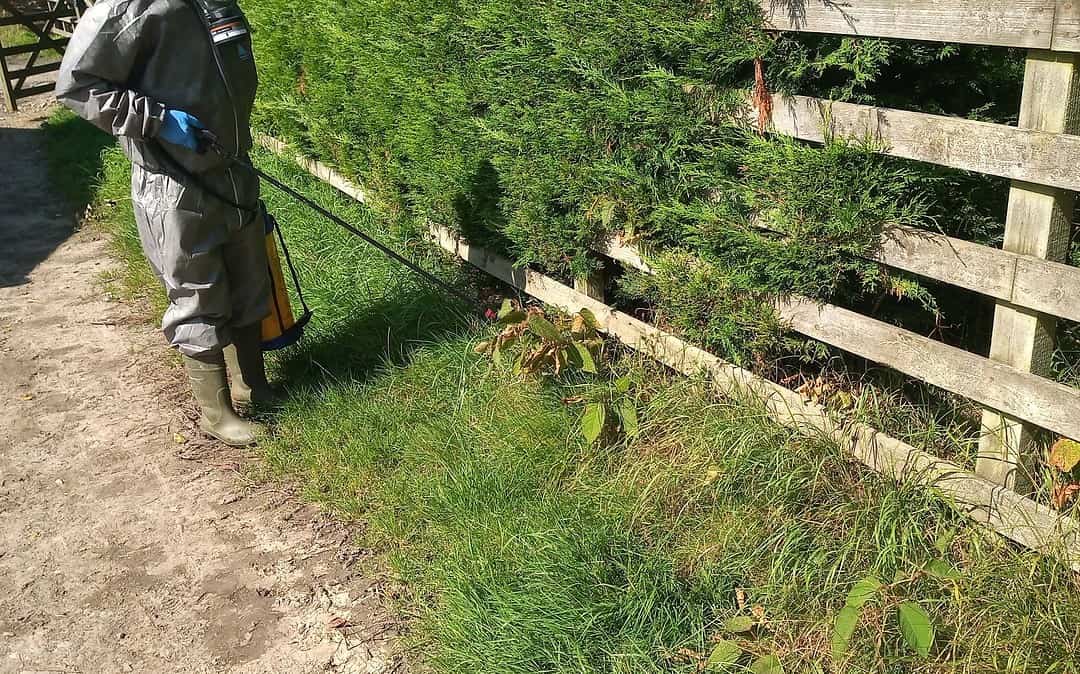What is the difference between knotweed and Japanese knotweed
A group of plants that includes several species. Including Japanese. Also known as fallopia, it is a common name for a group of plants that contains several species. Such as Japanese knotweed (Fallopia japonica), giant knotweed (Fallopia sachalinensis), and Bohemian knotweed (Fallopia x bohemica).
These plants are all members of the Polygonaceae family and share some similarities in appearance, growth habits, and ecological impact. For example, Japanese knotweed is the most well-known and widely distributed of these species and is native to East Asia.
Despite being introduced to Europe and North America as an ornamental plant in the 19th century. It is known for its ability to outcompete native plant species. Additionally, giant knotweed, which is native to north-eastern Asia. It is similar in appearance but can grow even taller. Up to 6 meters is considered invasive in some parts of North America and Europe.
Furthermore, Bohemian knotweed is a hybrid between Japanese knotweed and giant knotweed. It is less common but shares some of their characteristics.
Consult with a local expert.
Given the complexities in identifying knotweed species, consulting with a local expert is highly recommended. Their expertise can help you accurately determine the plant on your property, which is a crucial step in effective plant management.
Japanese knotweed, one of the most well-known species
Has a distinctive appearance. It features green, hollow stems with purple speckles, large heart-shaped leaves with a glossy, green appearance, and small white or cream-coloured flowers that bloom in late summer. These unique features make it easily recognisable in the wild, aiding in its identification.
It is more recognisable in the summertime when it is in whole leaf and has grown to its full height. Its distinctive heart-shaped leaves and bamboo-like stems make it easily distinguishable from other plants during this time. However, its distinctive purple speckles on the stems and its growth pattern can still be identified in other seasons, making it an attractive plant.
For Up-To-Date information regarding Japanese knotweed, contact Stephen on 07753682333
